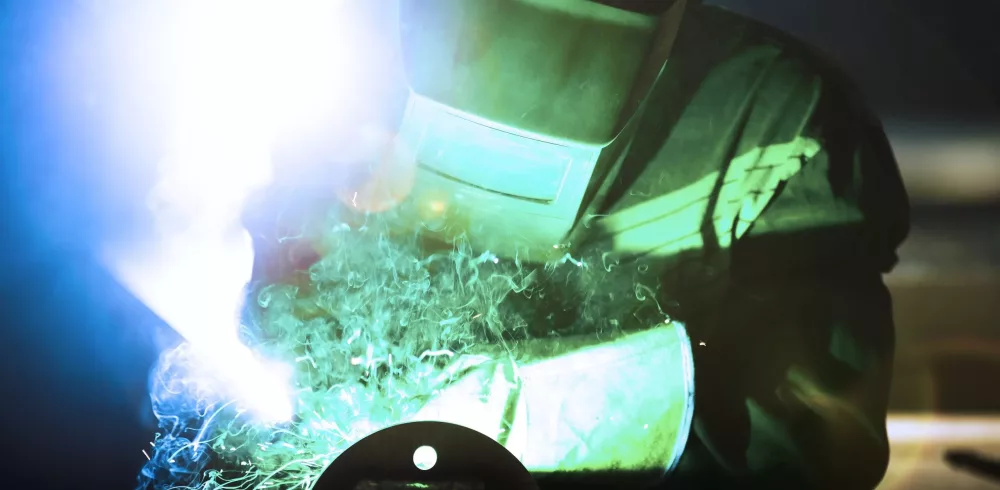New survey findings are painting a worrying picture of the manufacturing industry’s transition to net zero following a leading industry thinktank imploring the Government to provide more support to the sector to help reduce emissions.
After modelling data from the Office for National Statistics, the Manufacturing Technology Centre (MTC) has warned that without state support the sector will be emitting 5,000 tonnes of carbon dioxide annually by 2050 and not hit net zero until 2147. The organisation’s subsequent plea for more funding to improve energy resilience and sustainability has become even more urgent following the findings of buildings analytics specialists CIM.
CIM interviewed 100 facilities managers at hi-tech tier 1 UK manufacturers for its The Energy Blind Spots report, and found that while 81% of respondents classed their sites as energy efficient, less than a third admitted to continually monitoring their facility’s carbon emissions. Worryingly, this is despite 63% of respondents’ sites being certified to the ISO 50001 standard for energy management.
“The manufacturing sector is notoriously energy-intensive, so the MTC’s warnings could not have come soon enough, especially in light of our own survey’s findings,” commented Paul Walsh, General Manager at CIM. “What this data combined clearly shows is a fundamental disconnect between what is currently happening both within manufacturing plants and in the wider sector, and what is required.
“Consequently, while we would agree with the MTC’s findings, we would take it a step further. Ramping up investment in hydrogen and carbon capture as they suggest will undoubtedly help the country meet net zero goals, but immediate steps can be taken in the short term too. Yet too often fluctuations in temperature, humidity and differential pressures can go undetected, and a ‘set and forget’ mentality can pervade across the plant. This can lead to settings deviating from their intended parameters over time, resulting in a needless rise in emissions.”
A major driver behind the current situation at manufacturing plants is also identified within The Energy Blind Spots, with only 35% of facilities managers surveyed believing that HVAC costs were a priority for the C-Suite. But with these utilities representing up to 45% of overall site energy consumption, the need for facilities management (FM) teams to accurately analyse building data and discern appropriate actions to improve overall efficiency is more pressing than ever.
“Our report has presented some extremely interesting findings, including that 62% of respondents believe they are deficient in day-to-day building data collection and analysis,” concludes Paul. “Alongside this, 87% of those surveyed identified CAPEX constraints as a major barrier to improving energy performance. Taking these findings into account, it is clear senior stakeholders must assist FM personnel in making necessary OPEX cost savings, especially if we are to cut emissions and avoid the future outlined by the MTC.
“Indeed, while the MTC has made clear that industry cannot wait around for governmental support, immediate solutions are needed to address any shortfall against net zero targets. This includes the adoption of innovative analytics platforms that can ingest data and raise actionable insights through Fault Detection algorithms and assistance from human engineering expertise.”
Manufacturing & Engineering Magazine | The Home of Manufacturing Industry News













